Army Network Testing Increases Commonality
The same approach used to test and implement the Army’s single largest networking system is laying the groundwork for extending the network down to the individual soldier. As laboratory tests and field exercises validate the interoperability of separate elements in a network, system conflicts are giving way to greater commonality among different elements.
This effort has borne fruit in the evolution of the Warfighter Information Network–Tactical (WIN–T). The last fielding of WIN–T Increment 1 took place in August 2012, and WIN–T Increment 2 is taking the final steps toward deployment. Meanwhile, WIN–T Increment 3 is beginning to take shape.
As these increments progress toward full implementation, their test efforts are helping leaven out other capabilities. Greater interoperability testing of individual elements in a fully networked environment is allowing engineers to extend interoperable functions farther down the chain of command and into the hands of individual warfighters.
Col. Edward J. Swanson, USA, project manager WIN–T (PM WIN–T), explains that WIN–T Increment 1 provides a static networking capability for forces in the field. While it does not work on the move, soldiers can establish WIN–T linkage at the quick halt—they simply pull their vehicle off the road to a dead stop and immediately begin communications without a complicated setup. Newer WIN–T Increment 1 systems incorporate Joint Network Node Ka-band satellite connectivity, and its capabilities are deployed down to the battalion level. Col. Swanson describes WIN–T Increment 1 as “the backbone of the tactical network today.”
WIN–T Increment 2 extends that networking capability to mobile operations. “It addresses a capability gap,” the colonel says. “You don’t have to stop to communicate effectively.” This increment extends to not only the mission command platforms but also the entire backbone of the network. “You do not have to stop to communicate either line-of-sight or beyond-line-of-sight.”
For its mobile operation, Increment 2 uses both military and commercial satellite capabilities to complement terrestrial line-of-sight radios. Its reach extends down to the company level, and some vehicles can include secret Internet protocol router network (SIPRNET) capability.
The Army’s Network Integration Evaluation (NIE) 12.2 exercise that ended in June 2012 saw WIN–T Increment 2 undergo initial operational test and evaluation. As a result, Increment 2 aimed for a full-rate production decision in September 2012, but reliability issues prevented that from occurring. Also, the soldier network extension at the company level was bogged down by additional mission command applications. These applications will not be on the Increment 2 platform in NIE 13.2, Col. Swanson says. Reliability issues were mapped in the laboratory and fixed for follow-on test and evaluation.
The program is adjusting processes for training issues, and it is implementing fixes for hardware and software problems as well as for kit issues. If all goes well in NIE 13.2 this month, project leaders hope to receive a full-rate production decision in September.
Increment 3 will provide full networking on-the-move capabilities. It incorporates an aerial tier via a WIN–T communications payload on a General Atomics Grey Eagle unmanned aerial vehicle platform. It also adds embedded Joint Command, Control, Communications, Computers, Intelligence, Surveillance and Reconnaissance (JC4ISR) radios in its platforms. The fielding of Increment 3 will provide a three-tier battlefield communications environment comprising terrestrial, aerial and space assets.
The Army’s Communications-Electronics Research, Development and Engineering Center (CERDEC) Communications Systems Design Center (CSDC) at Aberdeen Proving Ground, Maryland, focuses on WIN–T problems, especially those that arose in the field with Increment 1. The CSDC also provides interoperability solutions between increments. Col. Swanson explains that, when a new proxy or quality of service software is introduced, it is tested in the laboratory to ensure it works across all increments before it is fielded.
CSDC manager Joe Sharpe explains that his facility is partnered with PM WIN–T. Its top WIN–T priority is for units that already are fielded. This includes technology refreshes as well as issues that arise during deployment in theater. Any architectural changes are tested in the laboratory before implementation.
For a follow-on operational test and evaluation, the CSDC is connected via fiber to Project Manager Mission Command (PM MC) applications. These applications are connected to the actual elements that would be found at tactical operations centers.
With most Army gear being commercial off the shelf, the CSDC constantly engages in technology refresh and end-of-life activities. Upgrades are tested in appropriate subsystems before a system-of-systems test within a node. Then, that node is tested interoperating with other systems in a higher level test. Ultimately, the tests would occur between entire increments.
The CSDC performs remote evaluations using Joint On-demand Interoperability Network methodology (SIGNAL Magazine, March 2013, “Communications Labs Join Forces Remotely”). Applications are run over the network, through a satellite simulator or over a live satellite from battalion to brigade to division, Sharpe says.
Col. Jonas Vogelhut, USA, PM MC, says that the transport layer allows applications to ride on the network. This provides capability between the battalion level up to the Army service component command level. These applications run the gamut for all warfighting functions, he adds.
The colonel notes that software products for these diverse systems are maturing at different rates, so the NIE is used to bring them together—whether they are a full operational test system or just a demonstration or baseline system. The goal is to view their interoperability, he emphasizes.
He continues that, beginning six years ago, the Army implemented a strategy to share test data between systems. That worked well, changing from employing stand-alone systems to showing ways of sharing between them. Now, however, the strategy is to exploit the next level—a common operating environment. Regardless of the operating system used, a common infrastructure can allow a warfighting function to build its specific functionality.
“If you’re an artilleryman, you really don’t care about the backbone of the system,” Col. Vogelhut says. “You rely on the network, but you’re not interested in exactly what the network is as long as it gives you the quality service. You want that warfighter functionality ability to call for fire and make sure steel rains down on target.
“If you’re a logistics person, you want to know what the status of your supplies is,” the colonel continues. “You don’t really care how the data gets from your box to somewhere else—and the simpler it is, the better.
“So, as we have these different products mature, if you have a stand-alone individual test, it will test your product against itself, maybe its own requirements. The beauty of the NIE is that you have a brigade with a full brigade staff, and that commander can see how that product works among all the other products. So you are really getting a better feel for it,” he concludes.
The NIEs actually provide more than just the technical side that is found in the labs, the colonel adds. The three latest NIEs have enabled researchers to bring together the common operating picture and intelligence. A system under evaluation brings those two environments on a backbone provided by the Defense Information Systems Agency. This way, each participant can create a widget the operator can use.
This approach helps planners make command posts simpler over time, Col. Vogelhut states. “Using labs like this, you actually are able to say, ‘What if we change the design slightly?’ So you get that simplicity in the command post.”
The colonel notes that at corps headquarters a lieutenant general has access to many systems. The laboratory must understand not only its capability but also those of brigades and battalions that may have only one system. This understanding must include how that one system runs the same applications on a single terminal.
He continues that a project manager on the intelligence side engages in the same activities. Both facilities’ infrastructures are connected so that lessons are extended across the spectrum.
This approach to ensuring the same information picture is viewed across echelons allows planners to extend the network down to the individual soldier’s handheld system. While that individual does not need the same amount of information—“you don’t need it; you’ll kill the guy,” Col. Vogelhut says—that soldier does need to have necessary local situational awareness along with the ability to call for support. To make sure that soldier has those capabilities with available tools, the laboratory develops and tests the needed systems in its facility and in the NIE.
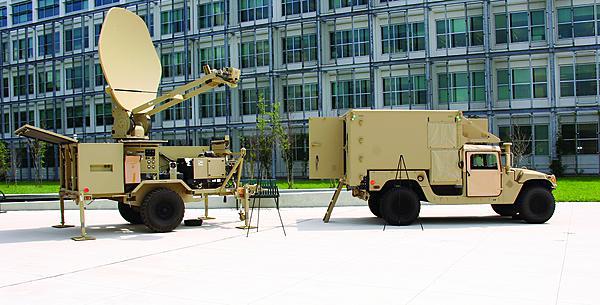
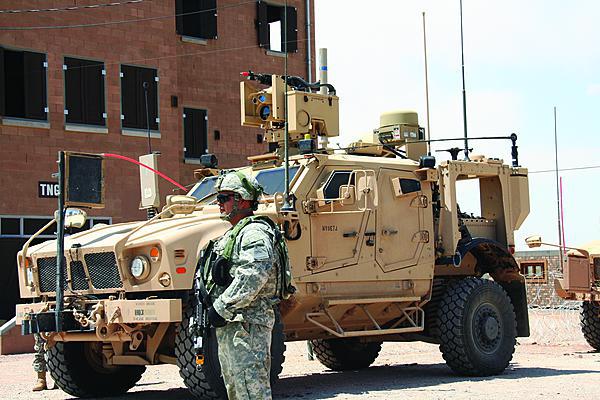
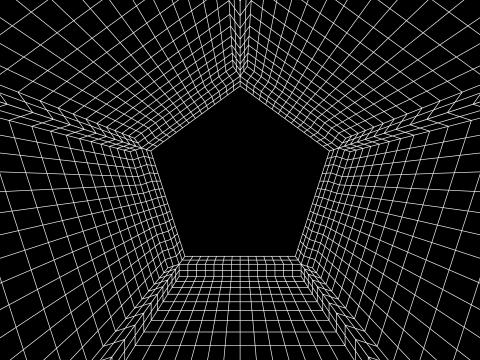
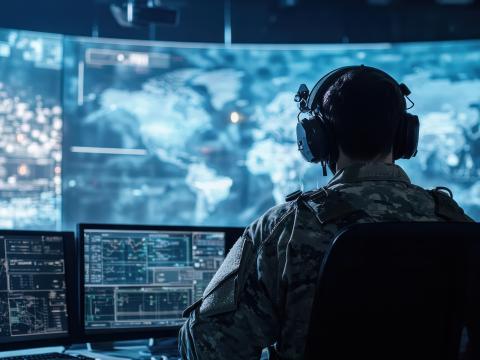
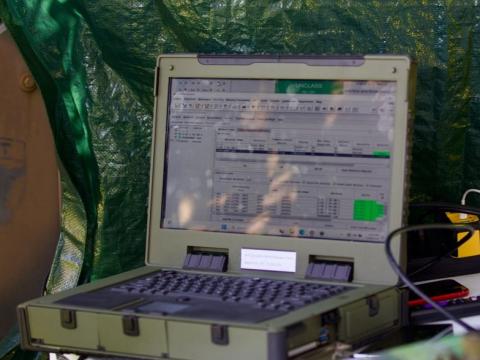
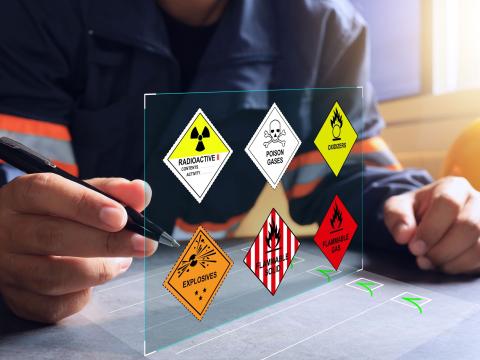
Comments